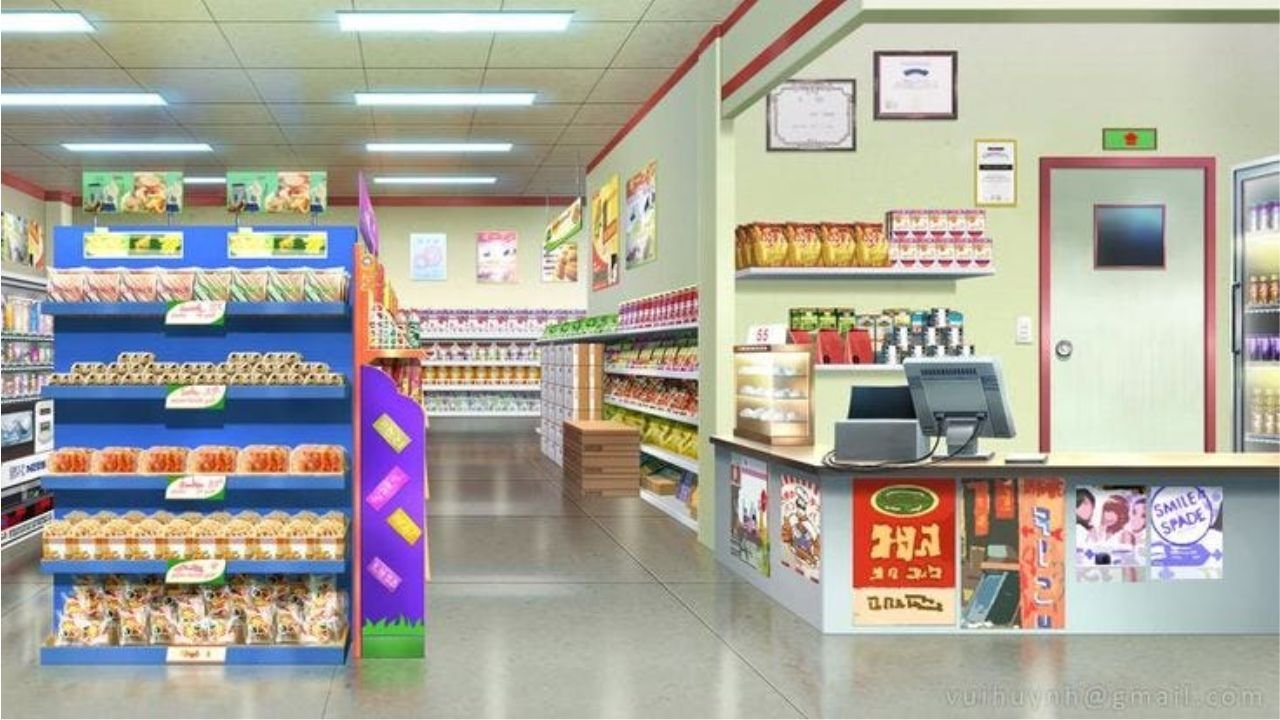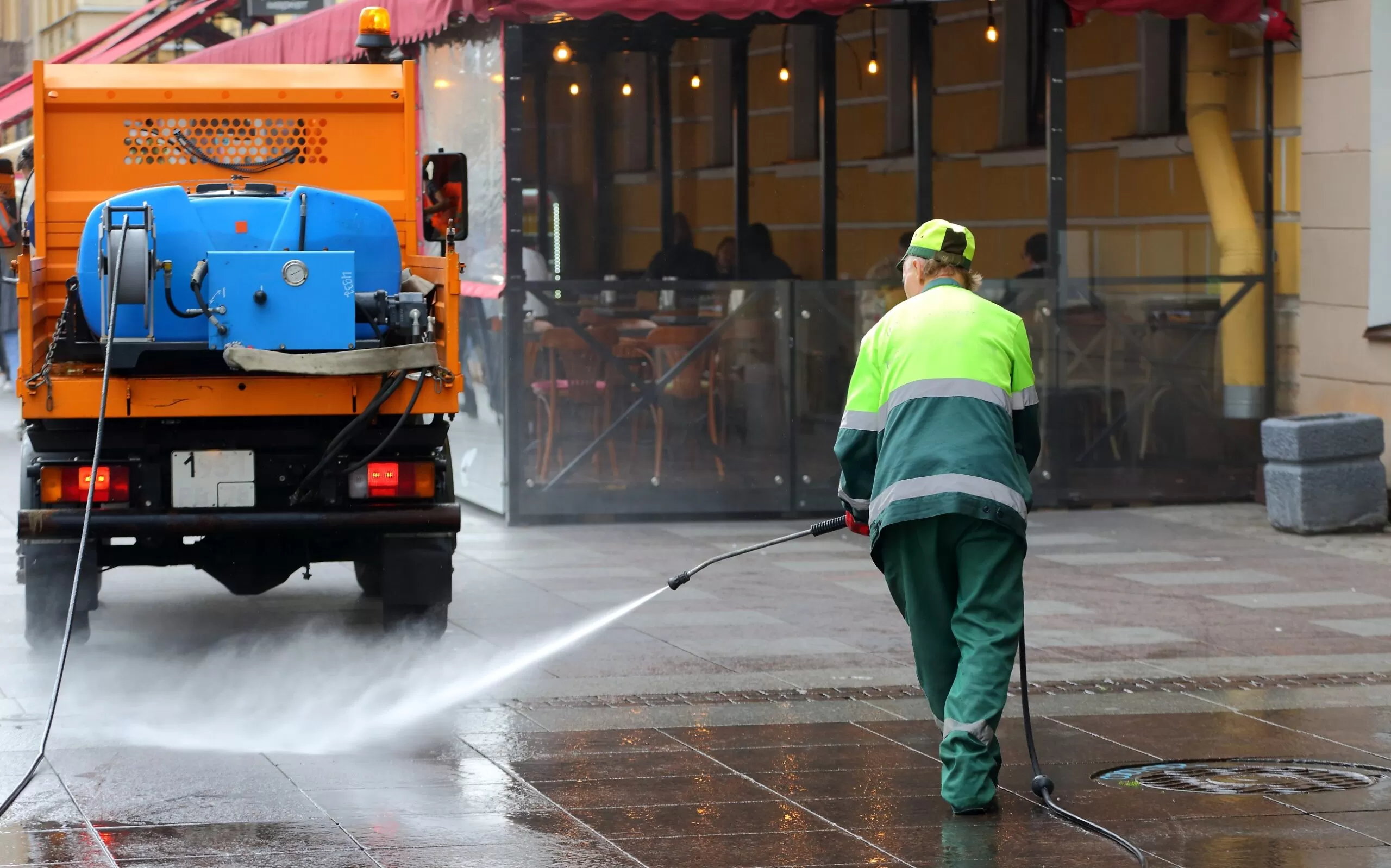Before installing gypcrete, the subfloor must also be prepared. Debris and dirt on the underlayment have to be removed and mounds and cracks should also be smoothened and sealed. Installers add primer as well to increase the bond strength once the gypsum is applied. Here is more about how to prepare your subfloor for gypcrete installation:
Cleaning the Subfloor
The first task when preparing the subfloor is removing debris or materials that will negatively affect the installation quality. Vacuum or sweep off any debris that is on the floor surface and clean the dirt from corners. Use a damp mop or microfiber cloth to remove any remaining dirt and leave it to dry. Use a moisture meter to check for hidden damp zones.
Water particles must be removed with a vapor barrier or a moisture sealer. Apply the sealer on the underfloor and spread it evenly on the surface to help it seep through the pores. Follow the manufacturer’s instructions on the sealer’s drying time before moving on to the next step. The absence of moisture will prevent future issues such as mold growth and inadequate adhesion of the gypsum concrete mix.
Leveling and Repairing Imperfections
After washing the surface, use a laser level and a leveling tool to make sure the subfloor is completely level. If there are uneven areas or imperfections, these need to be remediated. Mark any areas that require smoothing and check for cracks and holes. Before making any repairs, make sure the area is dry. Check every area of the floor for sinking, bumps, and other irregular surfaces that may interfere with the gypcrete installation. If there is an opening, fill and seal it. Remove any materials that are causing uneven levels. Smooth out grooves or ridges to reduce variations in the thickness of the subfloor. With a smooth and even subfloor, the installer can move to the next step.
Applying Primer
Select a primer that works specifically with gypsum-based concrete underlayment. This makes sure the gypcrete and primer adhere to each other effectively. Using a roller or sprayer tool, apply the primer on the subfloor and follow the manufacturer’s instructions for the amount and drying time. Apply evenly on the surface from corner to corner and pay attention to any imperfections. Reapply the primer in any areas that are not even or completely smooth. The primer must also be dry before pouring the gypsum floor mix to get even results and consistent adhesion across the flooring.
Installing Edge Barriers
To reduce spillage at this stage, erect barriers on the outer edge of the subfloor space. Use sticky foam tape and apply it around the gaps. This preparation step prevents uneven spreading of the material and provides even application. Edge barriers make sure the final installation will be of optimum quality. Wipe the floors again around the edges of the installation and check areas where gypsum topping can penetrate through.
After this step, the gypsum-based concrete is ready to be applied on top of the subfloor. Mix the gypsum powder with sand and water to create the gypsum concrete material. Pour the mixture into the correct thickness and wait for it to dry completely. Gypcrete is usually self-leveling and so does not need any additional leveling steps.
Work With Installers for Gypcrete Installation
Gypsum-based concrete can be correctly installed if the subfloor is prepared well. The surface must be thoroughly cleaned, leveled, and free of cracks before applying a primer for the gypsum concrete to bond to. All these steps must be done with precision to achieve proper bonding between the subfloor, primer, and gypcrete. Gypcrete suppliers and installers can help you prepare the subfloor and apply the gypcrete well. Get in touch with a supplier today to discuss your project.











